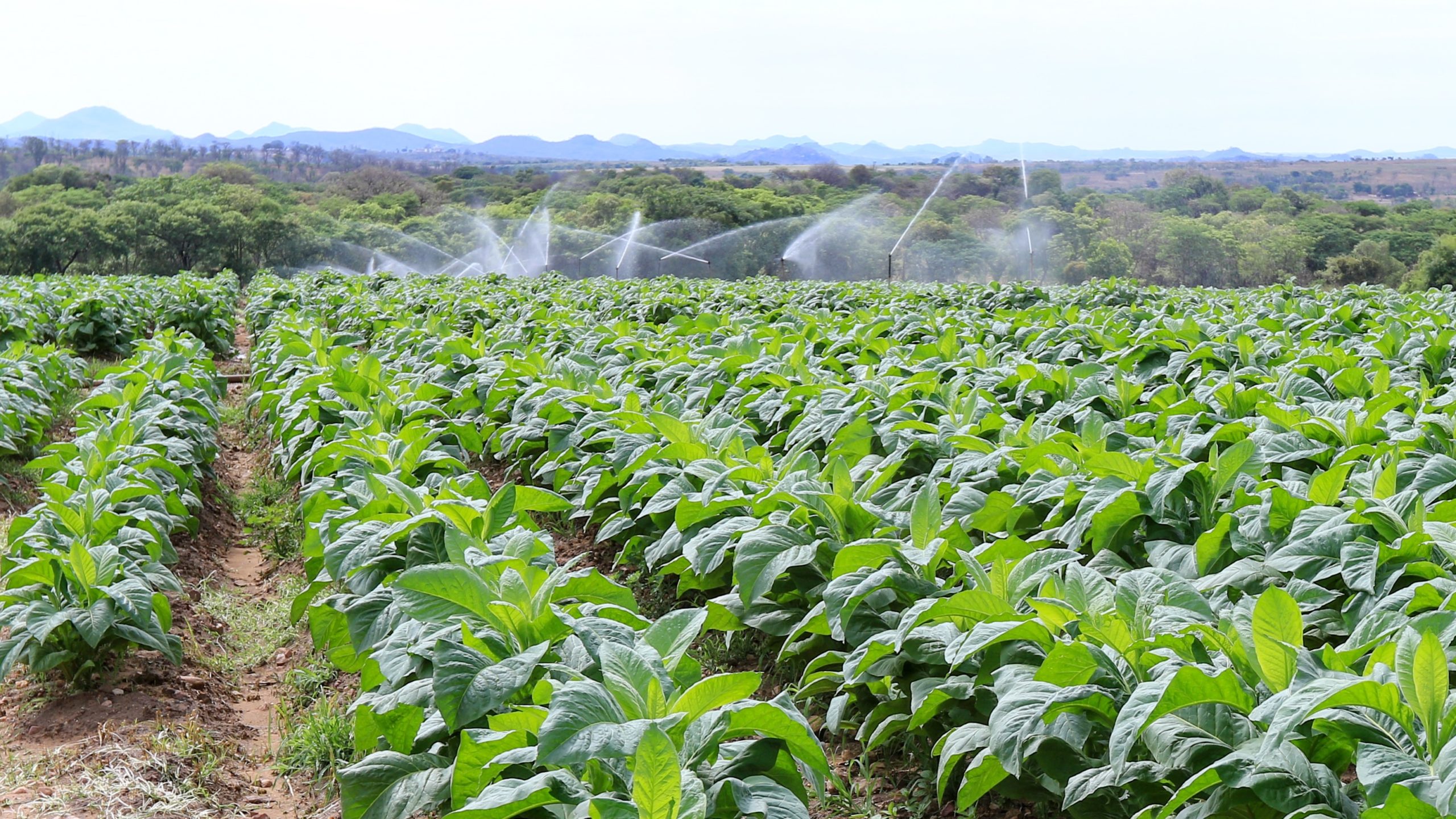
Tobacco industry in Zimbabwe considers switch to cannabis
In Zimbabwe, tobacco exports brought the country US$794 million in 2020, compared to a peak of US$927 million in 2016. Tobacco is the country’s third most important export crop after gold and nickel matte. However, it also faces quite an existential threat as the industry faces challenges brought on by COVID, a drought and a shift in production towards South Africa.
In contrast, authorities are already planning cannabis to become the country’s biggest cash crop within the next five years, with revenues well over $1 billion. Last year, the country exported 30 tons of industrial hemp to Switzerland, and another 20 tons are expected to be exported this year.
Tobacco farmers are now being encouraged to switch to cannabis. The hope is that within the next three years, at least a quarter of their income will come from cannabis sales.
57 companies have now received their cannabis cultivation license from the Zimbabwean government.
A change for black farmers?
One of the biggest problems black farmers in Zimbabwe face in the current market, no matter what they grow, is that smaller farmers are under constant pressure from middlemen who are their only chance of getting their goods to market bring.
Since 2000, black farmers have taken over former white farms after Robert Mugabe’s supporters confiscated white plantations. This brought tobacco cultivation in the country to a temporary halt. Since 2008, however, the industry has recovered.
The problem that the vast majority of Zimbabwean farmers still face is access to the world market, capital and supplies needed to grow and harvest their crops. Many smaller farmers struggle to make a living in an environment where they have to borrow for seeds, fertilizer and equipment to plant and harvest their crops, to contractors who also pay literally pennies on the dollar for crops They mostly sell at auctions tied for China.
This infrastructure was created when banks withdrew from the sector because the government never officially transferred the land they confiscated from previous owners to the farmers who currently grow crops on that land. The tied sellers, often funded with Chinese money, can fetch premium prices for the crop, but they pay farmers next to nothing.
This is gradually changing. According to Agriculture Minister Anxious Masuka, tobacco farmers received 60% of the selling price of their tobacco in 2020, up from 50% in 2019.
While many farmers have been relieved of their obligations under this program on the tobacco side of the equation, there is currently nothing to suggest that a cannabis cultivation program would not create the exact same problem.
Social justice is still scarce in the global cannabis industry
The horrifying reality that still exists in the cannabis industry worldwide is that no matter how lucrative it can be for a small minority of companies, most of them are founded and run by white people. Even in countries like the US and Canada, about 10% of executives are non-white. In fact, according to recent data, both women and ethnic minorities continue to lose ground in the legitimacy industry worldwide.
In the developing world, the problem is worse, due in large part to historical injustices and the general unavailability of even credit to establish certified plantations.
This means that unless this issue is addressed, no matter how much governments focus on growing and producing cannabis as a “tool of economic development,” the vast majority of such economic development, if not sales, always will still a small (and mostly white, male) minority.

Post a comment: